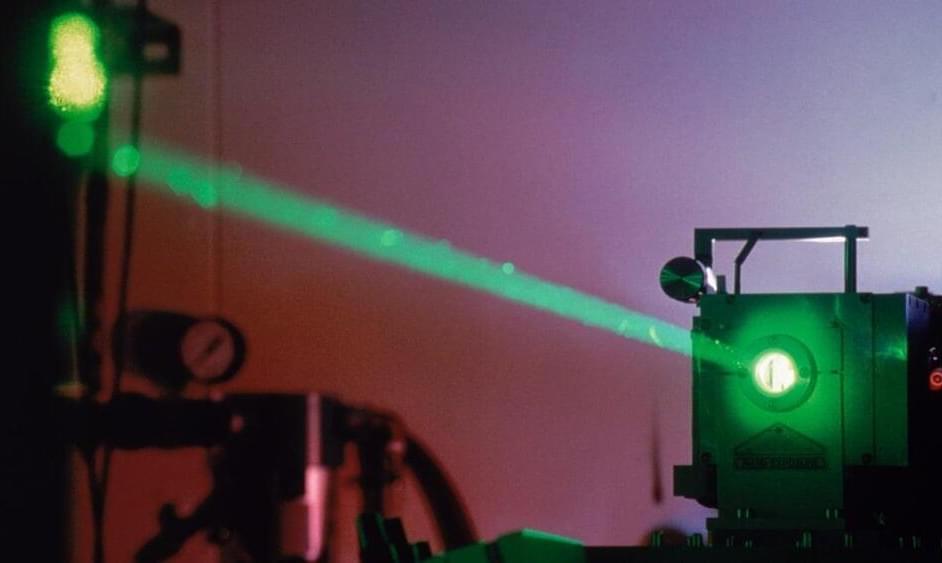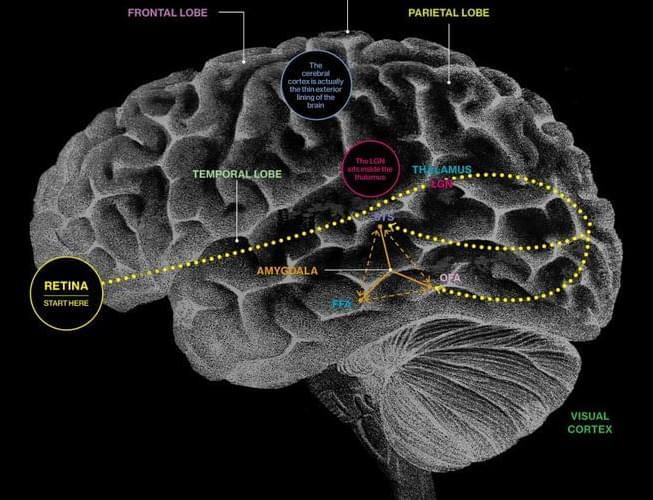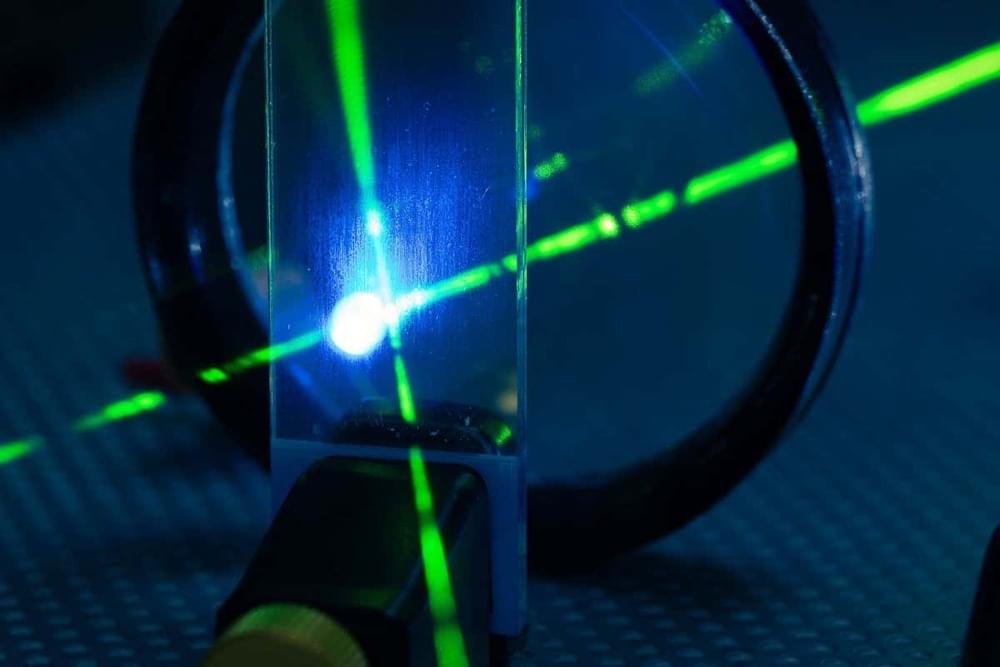IBM has begun installing an on-premise quantum computer at a health provider’s data center in Ohio.
Cleveland Clinic and IBM said this month that deployment work of the first private sector onsite, IBM-managed quantum computer in the United States.


Researchers in Europe have developed an efficient way to deliver internet speeds at over 1 million gigabits per second through a single chip and laser system.
The experiment achieved a speed of 1.8 petabits per second, or nearly twice the amount of internet traffic the world transmits at the same rate. Amazingly, the feat was pulled off using only a single optical light source.
The research comes from a team at Technical University of Denmark and Chalmers University of Technology in Sweden. Last week, the group published a peer-reviewed paper (Opens in a new window) in Nature Photonics about the technology.


Tesla is rumored to be looking to invest in Nuevo Leon, a Mexican state bordering Texas, as CEO Elon Musk meets with the governor.
Earlier this year, people crossing the border between Texas and Nuevo Leon were surprised to see not just the usual marked lanes for cars and trucks but also one marked “Tesla” – pictured above.
We ended up finding out that Tesla had struck a deal with the state of Nuevo Leon to have its own lane at the border crossing in order to reduce wait times for cargo going through the border. Or at least that was the explanation of Ivan Rivas, the economy minister of Nuevo Leon.

This highlights the promise and the peril of achieving HLAI: building machines designed to pass the Turing Test and other, more sophisticated metrics of human-like intelligence.8 On the one hand, it is a path to unprecedented wealth, increased leisure, robust intelligence, and even a better understanding of ourselves. On the other hand, if HLAI leads machines to automate rather than augment human labor, it creates the risk of concentrating wealth and power. And with that concentration comes the peril of being trapped in an equilibrium where those without power have no way to improve their outcomes, a situation I call the Turing Trap.
The grand challenge of the coming era will be to reap the unprecedented benefits of AI, including its human-like manifestations, while avoiding the Turing Trap. Succeeding in this task requires an understanding of how technological progress affects productivity and inequality, why the Turing Trap is so tempting to different groups, and a vision of how we can do better.


“This year, parents are sending their children to daycare and school for the first time following two years of the pandemic. … Children who haven’t been previously exposed to respiratory viruses are getting sick,” Romano said.
Health officials in King County, Wash., are also alarmed as they brace for more cases once winter hits. Dr. Russell Migita with Seattle Children’s Hospital told King 5 News they are seeing about 20 to 30 positive cases every day, adding that those are “unprecedented” figures.
RSV symptoms are similar to a cold and can be harmless in adults, but the CDC says children under the age of 5 are the most affected group. According to the agency’s data, each year approximately 58,000 children in that age range are hospitalized for RSV. The next most vulnerable group are adults over 65, in whom the infection causes 14,000 deaths a year.

A new type of material can learn and improve its ability to deal with unexpected forces thanks to a unique lattice structure with connections of variable stiffness, as described in a new paper by my colleagues and me.
